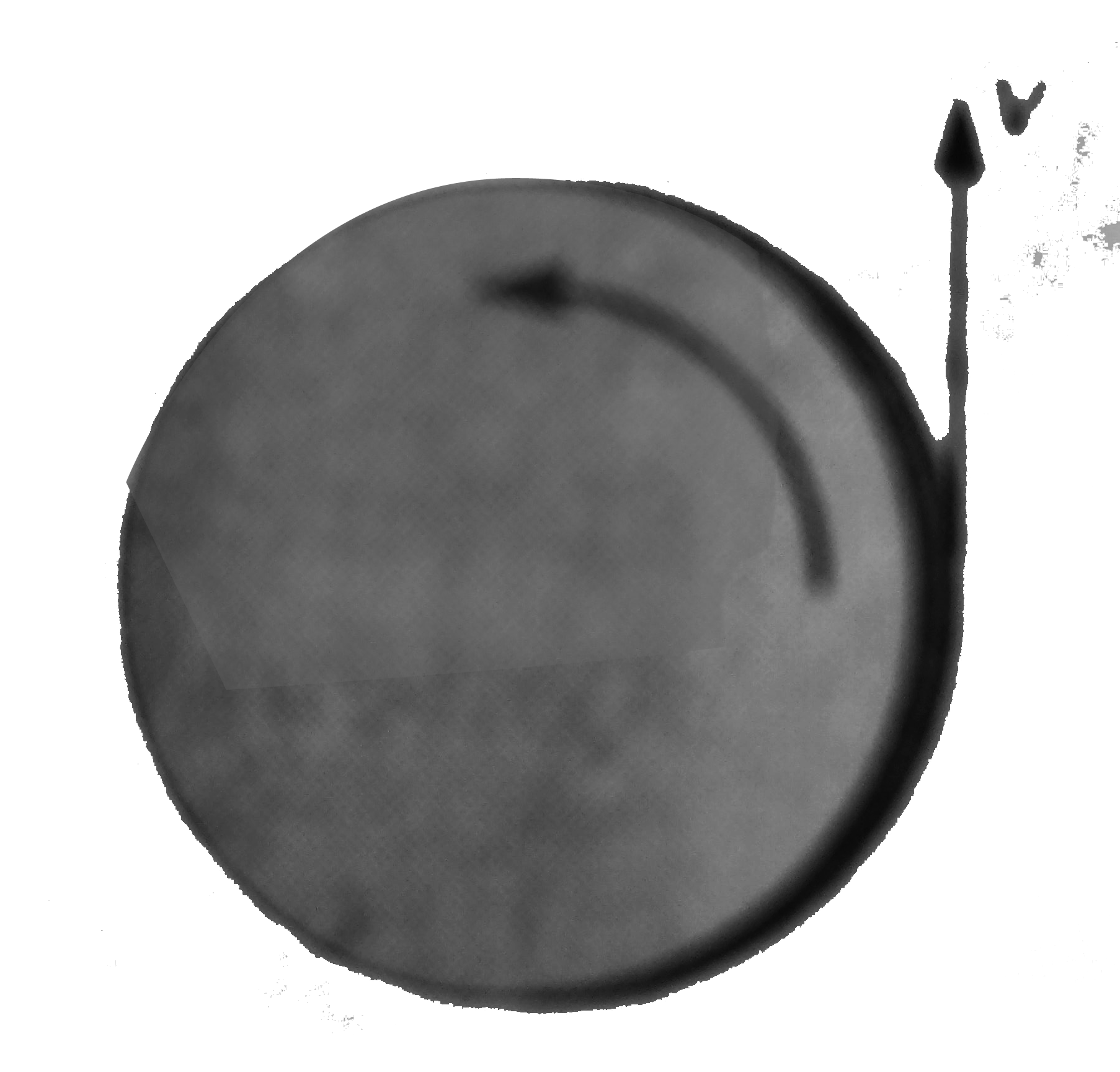A flat car of mass M with a child of mass m is moving with a velocity v1. The child jumps in the direction of motion of car with a velocity u with respect to the car. Find the final velocities of the child and that of the car after jump.
Step by step video & image solution for A flat car of mass M with a child of mass m is moving with a velocity v_(1). The child jumps in the direction of motion of car with a velocity u with respect to the car. Find the final velocities of the child and that of the car after jump. by Physics experts to help you in doubts & scoring excellent marks in Class 11 exams.
Updated on:21/07/2023Topper's Solved these Questions
- LINEAR MOMENTUM & ITS CONSERVATIONBOOK - PHYSICS GALAXY - ASHISH ARORACHAPTER - LINEAR MOMENTUM & ITS CONSERVATIONEXERCISE - Practive Exercise
28 Videos
- LINEAR MOMENTUM & ITS CONSERVATIONBOOK - PHYSICS GALAXY - ASHISH ARORACHAPTER - LINEAR MOMENTUM & ITS CONSERVATIONEXERCISE - Discussio Q
28 Videos
- KINEMATICSBOOK - PHYSICS GALAXY - ASHISH ARORACHAPTER - KINEMATICSEXERCISE - Unsolved Numerical Pro.
83 Videos
- NEWTONS LAWS OF MOTIONBOOK - PHYSICS GALAXY - ASHISH ARORACHAPTER - NEWTONS LAWS OF MOTIONEXERCISE - Unsolved Numerical Problem
81 Videos
Similar Questions
A flat car of mass m is at rest on a frictionless floor with a child of mass m standing at its edge. If the child jumps off from the car towards right with an initial velocity u, with respect to the car, find the velocity of the car after its jump.
View SolutionA boy of mass m is riding on a trolley of mass M which is moving on smooth floor at speed v0. He jumps off in the opposite direction of motion of trolley with velocity u relative to the trolley before the jump. Find the velocity of the trolley after jump.
View Solution
Knowledge Check
A man of mass m stands on a long flat car of mass M , moving with velocity V.If he now begins to run with velocity u, with respect to the car , in the same direction as V, the the velocity of the car will be
AV−mu/MBV−mu/(m+M)CV+mu/(m+m)DV−u(M−m)/(M+m)A girl of mass 50 kg stands on a railroad car of mass 75 kg moving with velocity 20ms−1 . Now , the girl begins to run with a velocity of 10ms−1 with respect to the car in the same direction , as that of the car. The velocity of the car at this instant will be
A20ms−1B24ms−1C16ms−1D18ms−1A boy of mass 40kg stands on a rail road car of mass 60kg, moving with velocity 10m/s. Now , the boy begins to run with velocity 5m/s , with respect to the car , in the same direction , the velocity of the car will be
A6m/sB8m/sC10m/sD12m/s
A motorcylcle is moving with a velocity 80km/hr ahead of a car moving with a velocity of 65 km/hr in the same direction. What is the relative velocity of the motorcyle with respect ot the car:-
View SolutionA car is moving with velocity →vc towards north and a train is moving towards east with velocity →vt . Find the direction of relative velocity of car with respect to train.
View SolutionA motorcylcle is moving with a velocity 80km/hr ahead of a car moving with a velocity of 65 km/hr in the same direction. What is the relative velocity of the motorcyle with respect ot the car:-
View SolutionA car is going east wards with a velocity of 8m/s. To the passengers in the car, a train appears to be moving north wards with a velocity of 15 m/s. What is the actual velocity of the train:
View Solution
A child with mass m is standing at the edge of a merry go round having moment of inertia I, radius R and initial angular velocity ω as shown in the figure. The child jumps off the edge of the merry go round with tangential velocity v with respect to the ground. The new angular velocity of the merry go round is
View Solution
